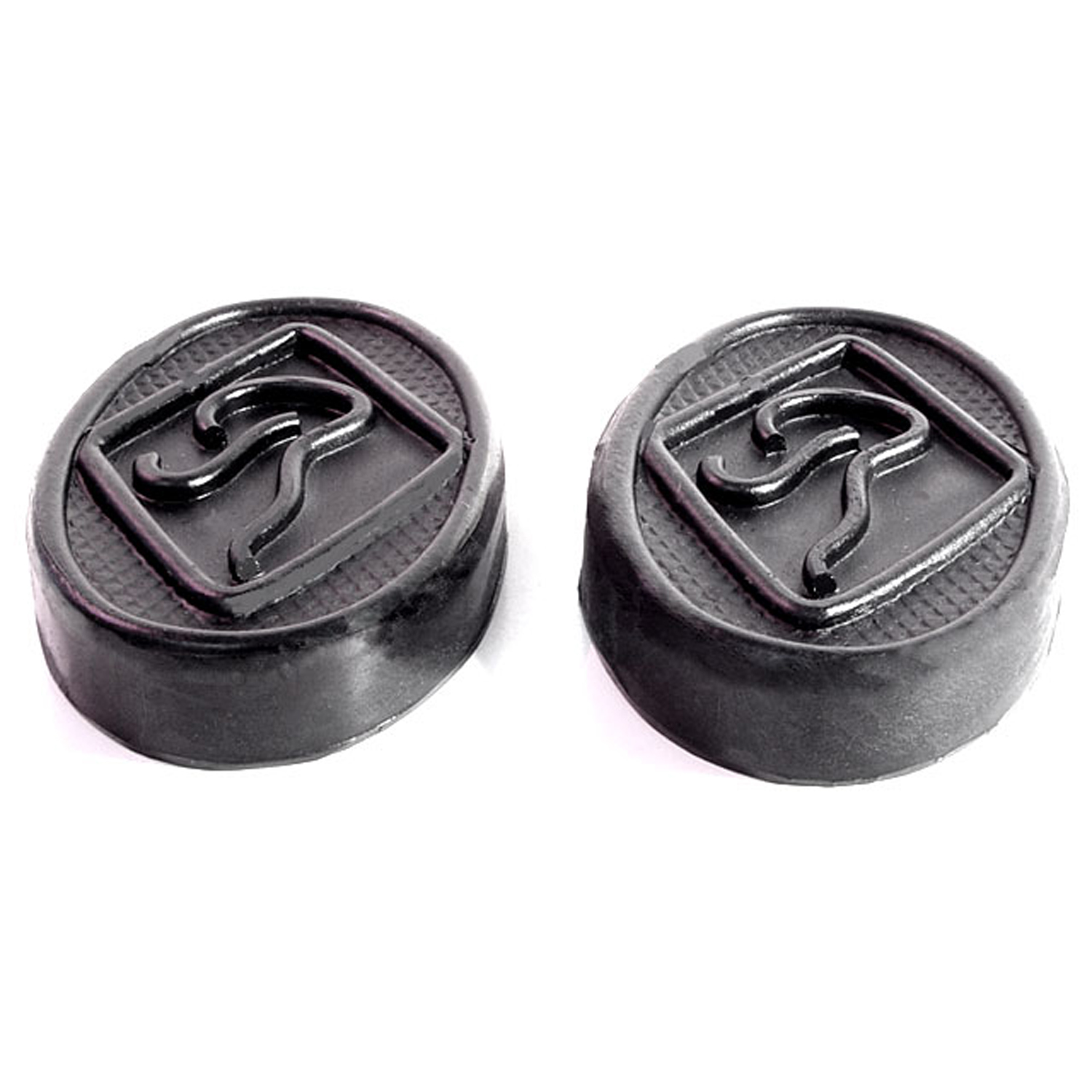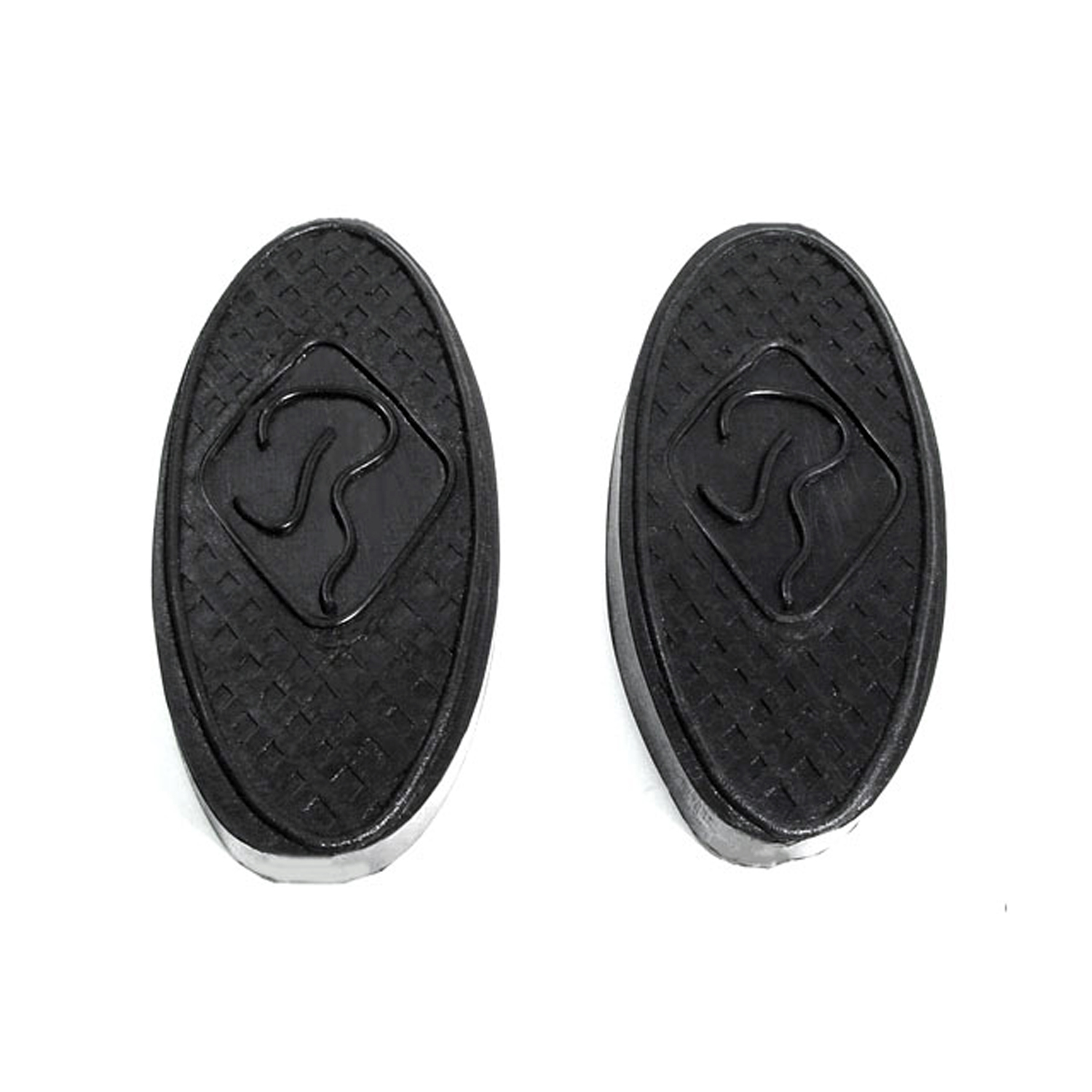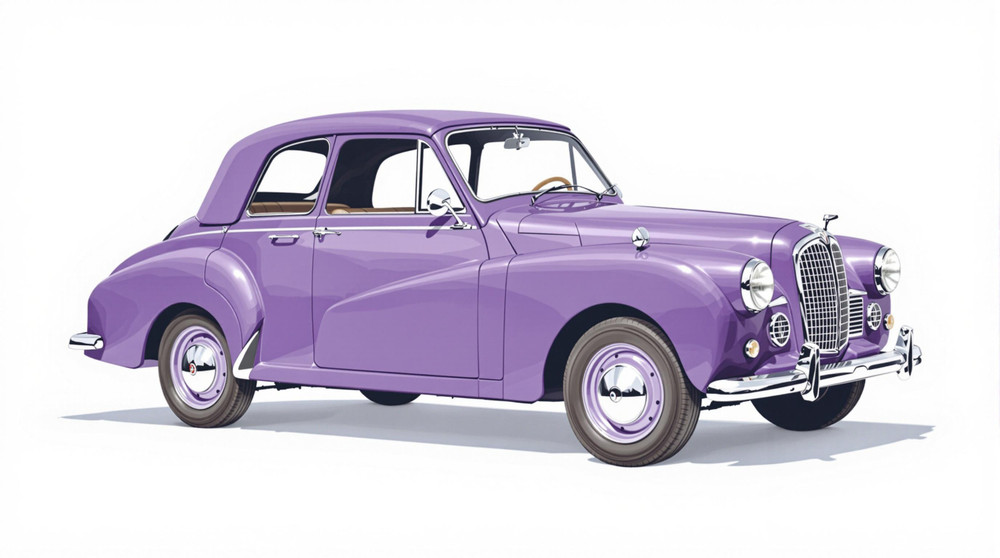Image of 1961 Riley Elf, Note: These illustrations use artistic license and may differ from actual historical models.
Performance Metrics
Fundamental Metrics
Emotional Appeal
MMP Rating
| Engine Specifications | |
|---|---|
| Engine Options: | 848cc A-Series I4 |
| Displacement Range: | 848cc |
| Horsepower Range: | 34-40 hp |
| Torque: | 52 lb-ft |
| Compression Ratio: | 8.3:1 |
| Ignition System: | Coil Ignition |
| Cooling System: | Water-cooled |
| Performance Specifications | |
| 0-60 Time: | 29.5 seconds |
| 1/4 Mile Time: | Not available |
| Top Speed: | 77 mph |
| Transmission and Drive | |
| Drive Type: | Front-wheel drive |
| Transmission Type: | 4-speed manual |
| Fuel and Efficiency | |
| Fuel System Type: | Carburetor |
| MPG: | 40 mpg |
| Dimensions and Brakes | |
| Brakes: | Drum brakes |
| Wheelbase: | 80.2 inches |
| Weight: | 1,632 lbs |
Note: Specifications for classic cars are given to the best of our ability, considering the limited and variant data available.
Introduction
Stepping into the world of classic British motoring, the 1961 Riley Elf is a car that encapsulates charm and practicality in a compact package. Born from the collaboration between Riley and the British Motor Corporation (BMC), this vehicle emerged as a luxurious sibling to the iconic Mini. With its distinctive styling and upscale interior, the Elf carved out its own niche in automotive history. A notable moment for this quaint automobile was its royal connection; it was reported that even Queen Elizabeth II took interest in a specially prepared Riley Elf, highlighting its appeal across social strata.
Design and Innovation
The Riley Elf's exterior styling was a harmonious blend of classic British elegance and the space-saving design of the Mini. It featured an extended boot and a pronounced grille that set it apart from its more utilitarian cousins. Inside, the Elf boasted rich materials for its time, with wood veneer dashboards and leather seats offering a touch of luxury to the small car segment. Technologically, it inherited the Mini's revolutionary front-wheel-drive layout and transverse engine configuration. Color options ranged from traditional hues to more vibrant tones, with Almond Green and Tartan Red being popular choices among enthusiasts. The most iconic body style was undoubtedly the saloon, which perfectly balanced form and function.
Historical Significance
The Riley Elf's introduction to the market represented a shift in consumer expectations, where compact cars could also be synonymous with prestige and comfort. Its unique positioning as a 'luxury compact' set it apart from contemporaries and left a lasting impression on small car design, influencing future generations of premium small cars.
Performance and Handling
Underneath its polished exterior, the 1961 Riley Elf was capable of modest performance figures, with top speeds around 70 mph and acceleration from 0-60 mph taking upwards of 25 seconds. Handling was nimble thanks to its lightweight construction and compact dimensions, allowing it to tackle urban environments with ease. Drivers often praised the Elf for its responsive steering and peppy engine note, which made for an engaging driving experience despite its leisurely pace.
Ownership Experience
The Riley Elf found its place as both a daily driver for those seeking a touch of class in their everyday commute and as a cherished show car for enthusiasts. Maintenance was relatively straightforward due to shared components with other BMC models, making it an accessible classic car option for many. However, like many vehicles of its era, rust could be an issue requiring attention from owners.
Fun Facts
A lesser-known fact about the Riley Elf is that it had siblings under different marques: the Wolseley Hornet shared much of its underpinnings but catered to different market segments. While not known for breaking speed records, the Elf did achieve sales success with over 30,000 units produced during its lifespan. Criticisms often centered around its cramped rear seating and limited luggage space compared to larger saloons.
Collector's Information
In today's collector market, a well-preserved Riley Elf can fetch anywhere from $10,000 to $20,000 depending on condition and originality. Rarity varies by region but finding one in pristine condition can be challenging due to their age and susceptibility to rust. Price trends have shown appreciation over time as classic Minis—and their luxurious counterparts—continue to rise in popularity among collectors.
Conclusion
The 1961 Riley Elf stands as a testament to innovation within compact car design by blending luxury elements with practicality—a formula that continues to resonate in today's automotive landscape. Its unique character ensures that it remains a beloved classic among enthusiasts who cherish British motoring heritage.
1961 Riley Elf Catalog of Parts
 1961 Riley ELF Clutch and Brake Pedal Pads. 2-1/4" wide X 3-1/2" long-CB 49Clutch and Brake Pedal Pads. 2-1/4" wide X 3-1/2" long. Pair
1961 Riley ELF Clutch and Brake Pedal Pads. 2-1/4" wide X 3-1/2" long-CB 49Clutch and Brake Pedal Pads. 2-1/4" wide X 3-1/2" long. Pair 1961 Riley ELF Clutch and Brake Pedal Pads. 2-1/4" wide X 4-7/8" long-CB 50Clutch and Brake Pedal Pads. 2-1/4" wide X 4-7/8" long. Pair
1961 Riley ELF Clutch and Brake Pedal Pads. 2-1/4" wide X 4-7/8" long-CB 50Clutch and Brake Pedal Pads. 2-1/4" wide X 4-7/8" long. PairWhy Choose Metro?
For over 100 years, Metro Moulded Parts has been the pinnacle of quality in classic car restoration parts. Our commitment to precision and authenticity in every component ensures a perfect fit and an OEM-level appearance.
- Expert Craftsmanship & Quality: Each part is a testament to our dedication to reliability and perfection, crafted from original designs and thoroughly tested.
- Advanced Technology: We use cutting-edge techniques to create flawless, long-lasting parts that surpass others in performance.
- SuperSoft Sponge – The Ultimate Door Seal: Not only are our door seals 30% softer than competitors', but they're also guaranteed to never leak. They effectively reduce wind and road noise, enhancing your classic car's comfort and driving experience.
- Proudly American: Our parts are a product of American craftsmanship, made in the USA with a spirit of excellence and heritage.
- Unrivaled Warranty: We back our products with a 30-year industry-leading warranty, a testament to our confidence in their quality.
Join us in preserving the legacy of classic cars with parts that are crafted for perfection, not just made.

